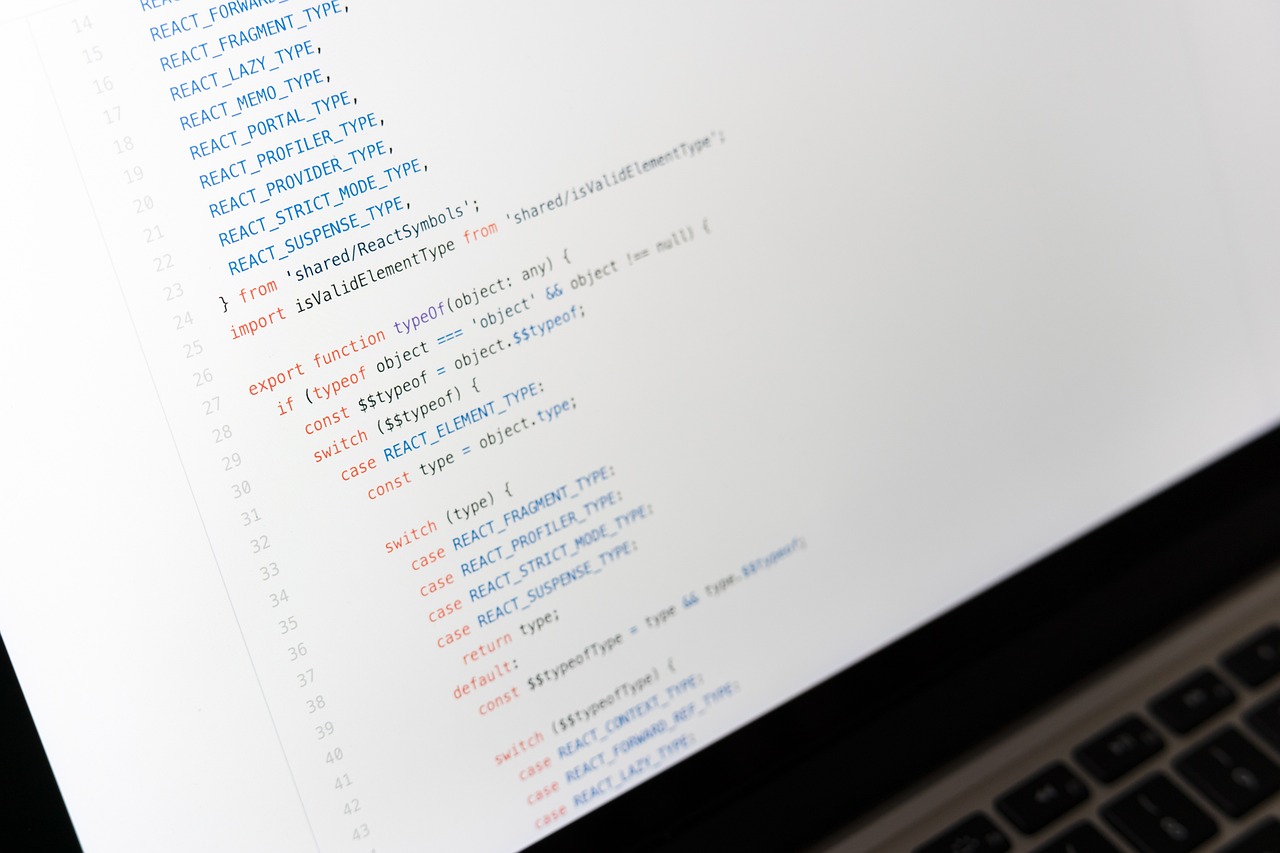When you visit a website and it responds to what you do—like logging into your account, submitting a form, or displaying today’s news—it’s likely that PHP is working behind the scenes. PHP stands for “Hypertext Preprocessor,” though that name sounds more complicated than it really is. In simple terms, PHP is a programming language that helps websites become dynamic, which means they can change based on who’s visiting, what time it is, or what someone just clicked on.
PHP is especially useful for websites that aren’t just static pages. A static page is like a printed flyer—it looks the same for everyone. But a dynamic page is more like a conversation—it reacts. For example, if you’ve ever been on a site that greets you by name, or remembers your shopping cart, there’s a good chance PHP is involved.
One of the reasons PHP is so widely used is because it works very well with HTML, which is the basic structure of web pages. You can insert PHP code right into the HTML, and the server—basically the computer hosting the website—will process the PHP before sending the final version to your screen. You never actually see the PHP code; you just see the result.
PHP also works great with databases like MySQL. That’s what allows websites to store and retrieve data. Think of your favorite social media platform. All those posts, profiles, and messages are stored somewhere, and when you log in, PHP helps grab the right pieces and show them to you.
It’s also free and open-source, which means anyone can use it, improve it, or build with it. That’s part of why PHP powers some of the most popular platforms on the internet—including WordPress, the system behind millions of blogs and websites.
So, while the word “PHP” might sound technical, what it really represents is a behind-the-scenes helper that makes websites smarter, more useful, and able to do more than just display information. It’s one of the key tools that turn the internet into something interactive, personal, and alive.

Comments are closed